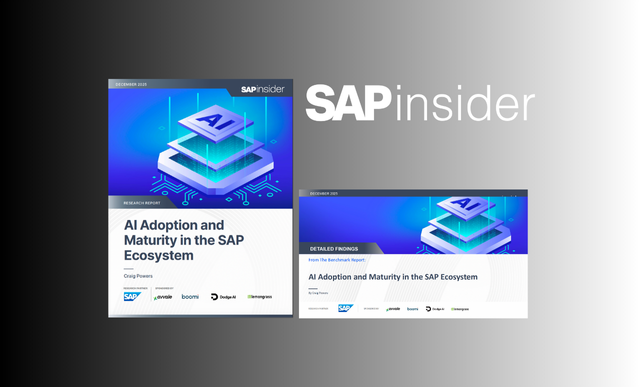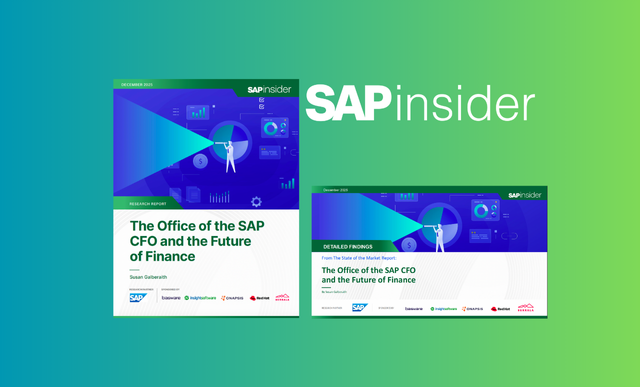While cohesive data fabric enablement is integral to organizational business intelligence, prior SAPinsider research suggests that ideation is often ahead of execution. In our 2022 Analytics in the Cloud Benchmark Report, drivers such as data-driven decision enablement, meeting customer expectations, and embracing new capabilities were identified by survey respondents. However, it is not clear that these drivers are supported by the speed of evaluation, selection, and deployment of related technologies.
How Does Organizational Strategy Shape Business Intelligence Initiatives?
Upcoming SAPinsider research will explore the gap between strategy and execution as business intelligence solutions evolve. To achieve this, our research will investigate the following with respect to business intelligence evolution:
- The extent to which multi-year organizational strategic plans and enterprise roadmaps define corresponding programs;
- Challenges impacting deployment of these programs;
- Collaboration between internal business and technical stakeholders;
- Factors influencing the evolution;
- Current solutions deployed;
- Solutions that are being considered or are currently planned for implementation; and
- Where organizations are in any active programs, spanning from solution evaluation to business plan development to implementation.
Defining Solutions Comprising a Cohesive Data Fabric
Upcoming research will categorize business intelligence solutions based on a multi-tier construct that has become pervasive among solution providers: data tier solutions, platform solutions, and data consumption solutions.
Building from the bottom up, the data tier serves as the foundation of this framework. It includes all possible data sources leveraged now or in the future to enable planning, analytics, decision support, and other core expectations of business intelligence. In addition to traditional structured data, the data tier also includes unstructured data sources such as geospatial data, sentiment data, data originating from Internet of Things (IoT) devices, documents, videos, and other media.
Building upon the data tier, the platform tier serves as a multi-function staging ground for uniting disparate data sources. Platform tier functions frequently include:
- Data management and data governance;
- Providing extraction, transformation, and load capabilities;
- Metadata ingestion for cross-source data aggregation without creation of new data stores; and
- Semantic-layer data modeling that increases business user self-service capabilities.
Many organizations leverage individual, capability-specific solutions in a disparate platform tier. However, solution vendors like SAP, Google Cloud, Microsoft, AWS, and others are evolving offerings to enable these functions in a single platform.
Finally, the data consumption tier enables visualization, reporting, planning, analysis, predictive insights, data science techniques, scenario modeling, and similar capabilities. Business intelligence solutions are often equated solely to data consumption, but these solutions cannot provide capabilities required by business users without underlying data and platform capabilities.
As decision enablement needs evolve, there is a concerted pivot from on-premise to Software-as-a-Service (SaaS) and managed cloud solutions.
What Does This Mean for SAPinsiders?
Collectively, this research seeks to understand if, and how, organizations execute strategic imperatives that drive business intelligence programs, and how existing and to-be landscapes are evolving to meet these needs. Among other analyses, the resulting research is expected to help SAPinsiders understand the following:
- How organizations are enabling overarching strategy via business intelligence programs;
- Challenges other organizations face in executing these programs;
- Internal and external variables contributing to business intelligence evolution;
- The solutions organizations are currently utilizing to enable business intelligence requirements; and
- The solutions organizations are considering or implementing as they seek to evolve existing business intelligence capabilities.









